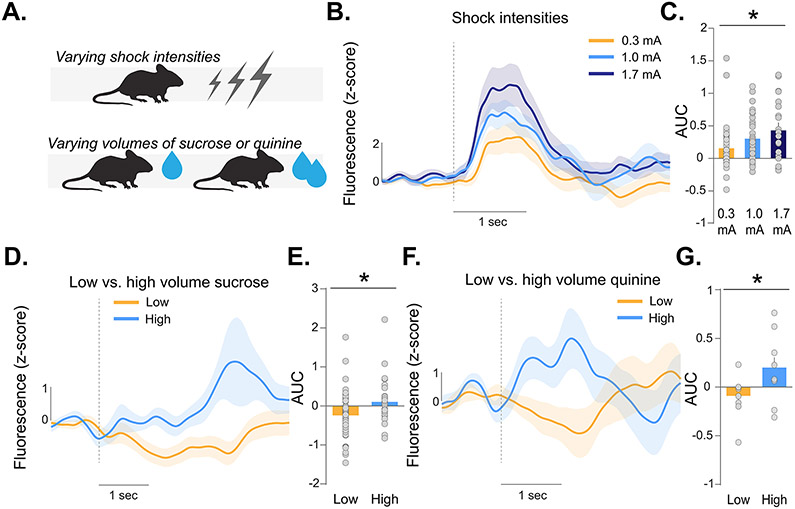Figure 3. Accumbal dopamine release signals stimulus saliency but not stimulus valence.
(A) A series of experiments were run to dissociate responses to saliency and valence. Mice received varying intensities of footshocks or varying volumes of sucrose or quinine. (B-C) Dopamine response in the NAc core increased with increasing shock intensities (Nested ANOVA, F2,83=4.16, p=0.019; 0.3mA vs. 1.7mA p=0.008; n=5). (D-E) Increasing the volume of both sucrose (Nested ANOVA, F(1,85)=6.31, p=0.014; n=3) or (F-G) the bitter tastant quinine resulted in increased dopamine responses to licks (Nested ANOVA, F(1,18)=4.60, p=0.048; n=3). Data represented as mean ± S.E.M. * p < 0.05.

